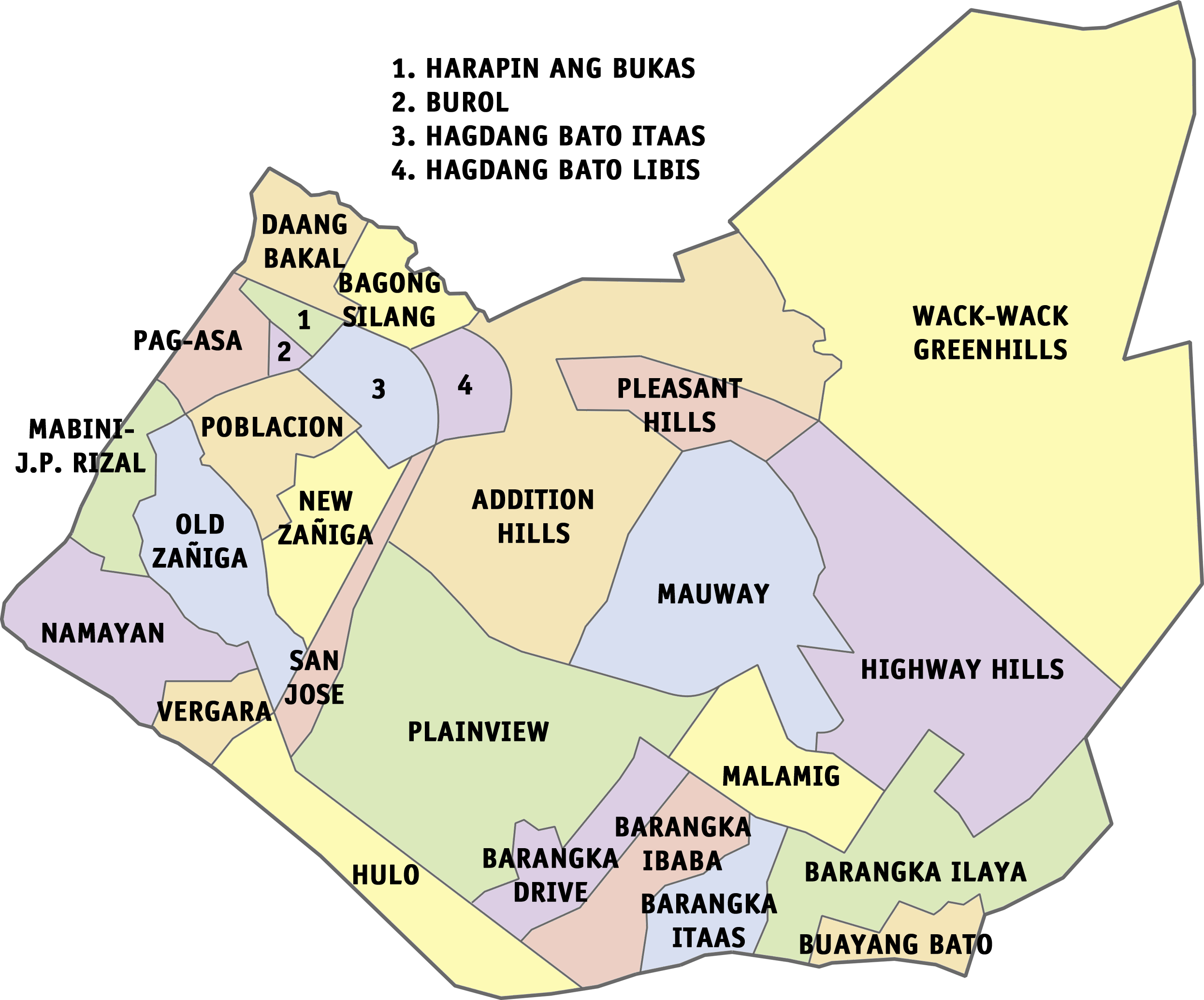|
Solar News Channel
Solar News Channel (SNC) was a major commercial television network in the Philippines, owned by Solar Entertainment Corporation's arm television subsidiary of Solar Television Network lease with its owner by Radio Philippines Network. Its flagship television station was DZKB-TV channel 9 in Mega Manila and other regional stations in the Philippines. The station was operational 18 hours a day from 6:00 AM to 12:00 MN on free TV, while 24 hours on cable, satellite and internet TV providers. Most of its live programming from studios were located at Upper Ground Floor of the Worldwide Corporate Center, Shaw Boulevard corner Epifanio de los Santos Avenue in Mandaluyong with transmitter at No. 97, Panay Avenue, Brgy. South Triangle, Quezon City. The channel ceased to air on August 22, 2014, and was replaced with 9TV. History The network debuted on October 30, 2012, at 05:45 am (UTC +8:00) as a replacement for then all-news channel '' Talk TV'' on SBN 21—as such it is ... [...More Info...] [...Related Items...] OR: [Wikipedia] [Google] [Baidu] |
Solar News Channel Logo
Solar may refer to: Astronomy * Of or relating to the Sun ** Solar telescope, a special purpose telescope used to observe the Sun ** A device that utilizes solar energy (e.g. " solar panels") ** Solar calendar, a calendar whose dates indicate the position of the Earth on its revolution around the Sun * Solar Maximum Mission, a satellite * SOLAR (ISS), an observatory on International Space Station Music * "Solar" (composition), attributed to Miles Davis * ''Solar'' (Red Garland album), 1962 * ''Solar'' (Taeyang album), 2010 * ''Solar'', a 2011 album by Rubik * "Solar", a song by Northlane from '' Mesmer'', 2017 * SOLAR Records, a record label Geography * Solar (Spanish term), a type of urban site * Solar, County Antrim, Northern Ireland, United Kingdom * Solar, Erode, India * Solar, Iran, Iran Companies * Solar Entertainment Corporation, a Philippines television and radio media company * Solar TV, a former TV channel * Solar Television Network, Inc., a former ... [...More Info...] [...Related Items...] OR: [Wikipedia] [Google] [Baidu] |
Kapampangan Language
Kapampangan or Pampangan is an Austronesian language, and one of the eight major languages of the Philippines. It is the primary and predominant language of the entire province of Pampanga and southern Tarlac, on the southern part of Luzon's central plains geographic region, where the Kapampangan ethnic group resides. Kapampangan is also spoken in northeastern Bataan, as well as in the provinces of Bulacan, Nueva Ecija, and Zambales that border Pampanga. It is further spoken as a second language by a few Aeta groups in the southern part of Central Luzon. The language is known honorifically as ('breastfed, or nurtured, language'). Classification Kapampangan is one of the Central Luzon languages of the Austronesian language family. Its closest relatives are the Sambalic languages of Zambales province and the Bolinao language spoken in the towns of Bolinao and Anda in Pangasinan. These languages share the same reflex of the proto-Malayo-Polynesian *R. History ' ... [...More Info...] [...Related Items...] OR: [Wikipedia] [Google] [Baidu] |
Facebook
Facebook is an online social media and social networking service owned by American company Meta Platforms. Founded in 2004 by Mark Zuckerberg with fellow Harvard College students and roommates Eduardo Saverin, Andrew McCollum, Dustin Moskovitz, and Chris Hughes, its name comes from the face book directories often given to American university students. Membership was initially limited to Harvard students, gradually expanding to other North American universities and, since 2006, anyone over 13 years old. As of July 2022, Facebook claimed 2.93 billion monthly active users, and ranked third worldwide among the most visited websites as of July 2022. It was the most downloaded mobile app of the 2010s. Facebook can be accessed from devices with Internet connectivity, such as personal computers, tablets and smartphones. After registering, users can create a profile revealing information about themselves. They can post text, photos and multimedia which are shared w ... [...More Info...] [...Related Items...] OR: [Wikipedia] [Google] [Baidu] |
List Of Radio Philippines Network Affiliate Stations
These are the nationwide via satellite-reach TV and Radio stations of the Radio Philippines Network (CNN Philippines). RPN stations nationwide RPN owned and operated stations List as of March 16, 2015: Analog Digital RPN Affiliate stations RPN Radio stations See also *CNN Philippines *Radio Philippines Network *Nine Media Corporation Nine Media Corporation (formerly known as Solar Television Network, Inc. or STVNI) is a Filipino-based media company. Formerly a wholly owned subsidiary of Solar Entertainment Corporation (SEC), a multimedia television and film company of the ... References {{Solar Entertainment Radio Philippines Network Philippine television-related lists ... [...More Info...] [...Related Items...] OR: [Wikipedia] [Google] [Baidu] |
Solar News
Nine Media News and Current Affairs (formerly Solar News and Current Affairs Solar News and 9News and Current Affairs/9News) is the news and public affairs production arm and sole division of the media conglomerate Nine Media Corporation leasing the airtime of Radio Philippines Network. The division is in charge of production of local news and content of CNN Philippines. 9News ceased identifying themselves explicitly under such brand when the channel was launched on March 16, 2015. Background After Solar Entertainment Corporation acquired 34 percent of Radio Philippines Network from the Philippine government as part of RPN/ IBC privatization in 2011, Solar TV ventured into the news at the end of 2011. On July 16, 2012, Solar News launched its first local newscasts including Solar Network News, Solar Newsday, Solar Daybreak and Solar Nightly News. In November 2013, San Miguel Corporation President and COO Ramon S. Ang acquired a majority stake in Solar Television Networ ... [...More Info...] [...Related Items...] OR: [Wikipedia] [Google] [Baidu] |
Terrestrial Television
Terrestrial television or over-the-air television (OTA) is a type of television broadcasting in which the signal transmission occurs via radio waves from the terrestrial (Earth-based) transmitter of a television station, TV station to a television set, TV receiver having an television antenna, antenna. The term ''terrestrial'' is more common in Europe and Latin America, while in Canada and the United States it is called ''over-the-air'' or simply ''broadcast''. This type of Television broadcasting, TV broadcast is distinguished from newer technologies, such as satellite television (direct broadcast satellite or DBS television), in which the signal is transmitted to the receiver from an overhead satellite; cable television, in which the signal is carried to the receiver through a coaxial cable, cable; and Internet Protocol television, in which the signal is received over an Internet stream or on a network utilizing the Internet Protocol. Terrestrial television stations broadcast o ... [...More Info...] [...Related Items...] OR: [Wikipedia] [Google] [Baidu] |
Cable Television
Cable television is a system of delivering television programming to consumers via radio frequency (RF) signals transmitted through coaxial cables, or in more recent systems, light pulses through fibre-optic cables. This contrasts with broadcast television (also known as terrestrial television), in which the television signal is transmitted over-the-air by radio waves and received by a television antenna attached to the television; or satellite television, in which the television signal is transmitted over-the-air by radio waves from a communications satellite orbiting the Earth, and received by a satellite dish antenna on the roof. FM radio programming, high-speed Internet, telephone services, and similar non-television services may also be provided through these cables. Analog television was standard in the 20th century, but since the 2000s, cable systems have been upgraded to digital cable operation. A "cable channel" (sometimes known as a "cable network") is a telev ... [...More Info...] [...Related Items...] OR: [Wikipedia] [Google] [Baidu] |
Quezon City
Quezon City (, ; fil, Lungsod Quezon ), also known as the City of Quezon and Q.C. (read in Filipino as Kyusi), is the most populous city in the Philippines. According to the 2020 census, it has a population of 2,960,048 people. It was founded on October 12, 1939, and was named after Manuel L. Quezon, the second president of the Philippines. The city was intended to be the national capital of the Philippines that would replace Manila, as the latter was suffering from overcrowding, lack of housing, poor sanitation, and traffic congestion. To create Quezon City, several barrios were carved out from the towns of Caloocan, Marikina, San Juan and Pasig, in addition to the eight vast estates the Philippine government purchased for this purpose. It was officially proclaimed as the national capital on October 12, 1949, and several government departments and institutions moved out of Manila and settled into the new capital city. This necessitated the expansion of the city northwards, ... [...More Info...] [...Related Items...] OR: [Wikipedia] [Google] [Baidu] |
Mandaluyong
Mandaluyong, officially the City of Mandaluyong ( fil, Lungsod ng Mandaluyong), is a first class highly urbanized city in the National Capital Region of the Philippines. According to the 2020 census, it has a population of 425,758 people. Located directly east of Manila, Mandaluyong was originally a barrio of Santa Ana de Sapa (now a district of Manila) called San Felipe Neri. It separated and became its own town in 1841, and later acquired the name Mandaluyong in 1931 during the American occupation. In 1994, it became the first municipality of Metro Manila to become a city since the metropolis' establishment in 1975. At present, it is known for the Ortigas Center, a commercial and business center that it also shares with the city of Pasig. Notable institutions and establishments in the city include the Asian Development Bank, the headquarters of Banco de Oro and San Miguel Corporation and shopping malls like Shangri-La Plaza and SM Megamall. The city is bordered by M ... [...More Info...] [...Related Items...] OR: [Wikipedia] [Google] [Baidu] |
Epifanio De Los Santos Avenue
Epifanio de los Santos Avenue, commonly referred to by its acronym EDSA, is a limited-access circumferential highway around Manila, the capital city of the Philippines. It passes through 6 of Metro Manila's 17 local government units or cities, namely, from north to south, Caloocan, Quezon City, San Juan, Mandaluyong, Makati, and Pasay. Named after academic Epifanio de los Santos, the road links the North Luzon Expressway at the Balintawak Interchange in the north to the South Luzon Expressway at the Magallanes Interchange in the south, as well as the major financial districts of Makati Central Business District, Ortigas Center, and Araneta City. It is the longest and the most congested highway in the metropolis, stretching some . Structure The entire avenue forms part of Circumferential Road 4 (C-4) of Metro Manila's arterial road network, National Route 1 (N1) of the Philippine highway network and Asian Highway 26 (AH26) of the Asian Highway Network, while i ... [...More Info...] [...Related Items...] OR: [Wikipedia] [Google] [Baidu] |
Mega Manila
Mega Manila is a megalopolis on the island of Luzon, Philippines. There are varying definitions of the megalopolis, but it is generally seen as encompassing the administrative regions of Central Luzon, Calabarzon, and Metro Manila. On some occasions, the administrative region of Mimaropa is also included. It is frequently used in the press, advertising, television, and radio to refer to provinces bound to Manila, in contrast to the term Greater Manila Area, which is academically used to describe the urbanization process that has long spilled out of Metro Manila's borders, also known as the built-up area. Mapping out the built-up area around Manila requires finer granularity than the more generic term ''Mega Manila''. ''Mega Manila'' is used in general reference to the relationship of Metro Manila to surrounding provinces. It references only provinces and not the exact settlement patterns of cities, towns, and barangays, which may be urban, suburban, mountains, or rural ... [...More Info...] [...Related Items...] OR: [Wikipedia] [Google] [Baidu] |



